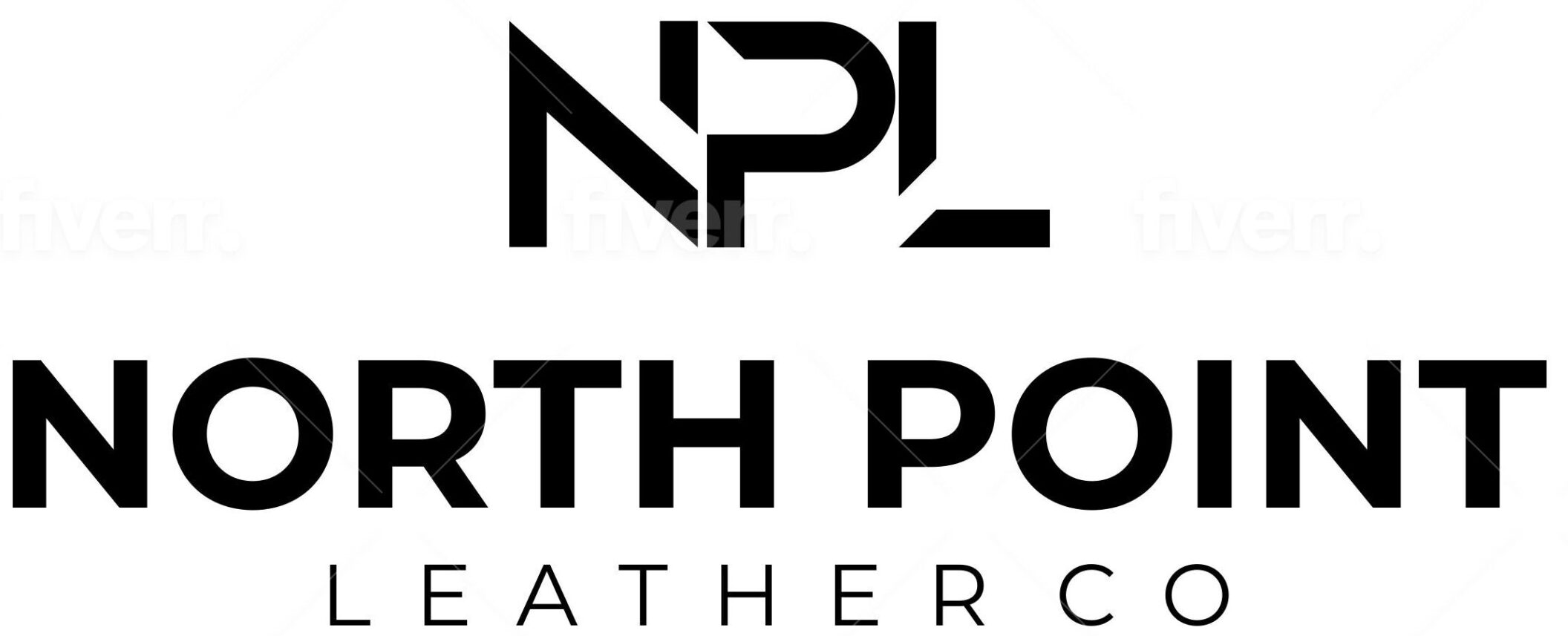Customizing leather products with logos, monograms, or designs is a timeless way to elevate their appearance. Two popular methods for this are debossing and embroidery, each offering a unique aesthetic and practical advantages. If you’re considering leather customization for personal or business purposes, understanding the differences between these techniques is essential to make an informed choice.
The Art of Debossing
Debossing involves pressing a design into the leather using heat and pressure, creating a recessed imprint. This technique delivers a sleek and understated look, perfect for a minimalist aesthetic. It works exceptionally well for logos or text, especially on smooth, high-quality leather. Debossing is highly durable, as the design is permanently embedded into the leather, resisting wear and tear over time. It’s also ideal for applications where texture and simplicity are key, such as in corporate branding on leather portfolios, wallets, or luggage tags.
Embroidery: A Classic Touch
Embroidery, in contrast, adds a vibrant and textured design to leather by stitching patterns directly onto the surface. This method allows for colorful and intricate designs that can make logos or personalization stand out dramatically. Embroidery is well-suited for leather jackets, bags, or patches where bold branding or eye-catching details are a priority. While it offers more visual impact than debossing, embroidery may be less durable in certain situations, as the threads can wear or fray over time, especially with heavy use or exposure to rough environments.
Comparing the Two Techniques
When choosing between debossing and embroidery, consider the purpose and style of the leather item. Debossing is elegant and professional, making it ideal for corporate gifts or luxury items where subtle branding is preferred. It’s also less likely to snag or fade, maintaining its appeal over time. Embroidery, on the other hand, brings a dynamic and colorful dimension, making it perfect for casual or artistic designs. However, embroidery requires care, as the threads can be susceptible to damage, particularly in rugged settings.
The Verdict: Which to Choose?
The decision between debossing and embroidery ultimately comes down to the desired aesthetic and functionality of the leather item. If you’re looking for timeless sophistication and long-lasting durability, debossing is the better choice. For designs that demand attention or vibrant customization, embroidery is the way to go. Both methods have their strengths, so aligning your choice with the specific needs of your project ensures a result that reflects your vision perfectly.
Customizing leather is an investment in quality and craftsmanship. Whether you choose debossing or embroidery, selecting the right technique enhances the appeal and value of your leather goods, creating pieces that stand out and make a lasting impression.
